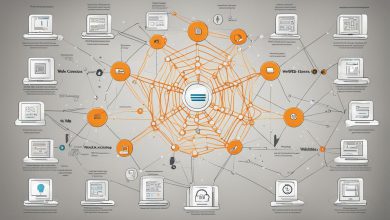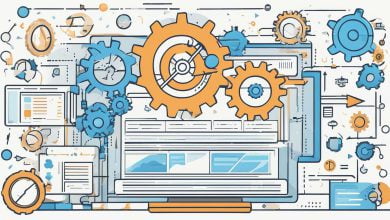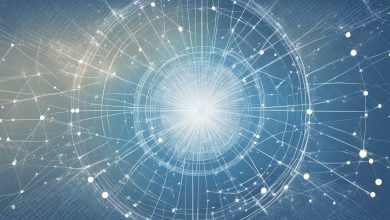The internet has drastically evolved since its inception, shaping and being shaped by society. It has transformed the way we live, work, and interact, and continues to do so with every iteration. To understand this transformation, it’s useful to break down the internet’s evolution into three distinct generations: Web1, Web2, and Web3.
Web1: The Information Web
Web1, often referred to as the “read-only” web, is the first generation of the internet. It existed from the internet’s inception around 1989 until the early 2000s. In this era, the internet was a relatively static place where users primarily consumed content, with limited interactivity and user-generated content.
Web1 websites were largely information-based, providing users with access to a plethora of online resources. However, these websites were mostly unidirectional, with content creators publishing their material and users passively consuming the information.
Web2: The Social Web
Web2, also known as the “read-write” web, is the current form of the internet. It began to take shape in the early 2000s and is characterized by the surge of social networks, blogs, wikis, video sharing sites, hosted services, and web applications.
Unlike Web1, Web2 is a dynamic, interactive medium where users not only consume content but also create and share it. This era of the internet is marked by the growth of user-generated content, digital collaboration, and the democratization of internet participation. It also saw the rise of tech giants like Google, Facebook, and Amazon, which heavily rely on user data for targeted advertising and personalized services.
Web3: The Decentralized Web
Web3, or the “read-write-execute” web, is the envisioned next generation of the internet. This concept is still in its developmental stage and aims to build a decentralized online structure where data ownership is returned to individual users.
Web3 seeks to leverage blockchain technology, smart contracts, and cryptocurrencies to create a more open and user-centric internet. In this paradigm, users will not only generate content but also execute software. Unlike Web2, where big tech companies profit from user data, Web3 envisions an ecosystem where users can monetize their own data and interact directly without intermediaries.
Web1 vs Web2 vs Web3: The Key Differences
The key differences between Web1, Web2, and Web3 can be summarized in terms of user interaction, data ownership, and economic models.
1. User Interaction: Web1 allowed users to read or consume content. Web2 added the ability to write, enabling users to generate their own content. Web3 takes it a step further by allowing users to execute, meaning they can interact with software and services in a decentralized manner.
2. Data Ownership: In Web1, data was primarily in the hands of the content creators. In Web2, large tech companies took control of vast amounts of user data. Web3 aims to decentralize this control and give data ownership back to the users.
3. Economic Models: Web1 was characterized by a simple transaction-based economic model. Web2 introduced targeted advertising, where data became a currency of its own. In Web3, new economic models are envisioned, with users being able to monetize their own data through cryptocurrencies and other blockchain-based solutions.
Conclusion
As we stand on the threshold of a new era of the internet, it’s crucial to understand the evolutionary path that has brought us here. Each version of the web – Web1, Web2, and Web3 – offers its own unique advantages and challenges. As we move towards Web3, it’s expected that we’ll witness an even more significant transformation in how we interact with the internet and the digital world. These changes will undoubtedly bring about new opportunities, challenges, and societal implications that we need to prepare for.







